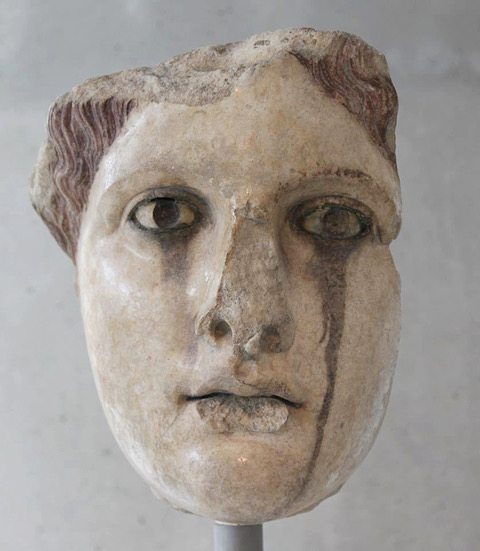Politura and Polychromy on Ancient Marble Sculpture
DOI:
https://doi.org/10.5617/clara.v5i0.7984Abstract
The highly nuanced surface polishes evident on marble sculptures from the later Greek and Roman periods were integral to their material and polychrome aesthetics in antiquity. This paper reconsiders these polishes (L. politura, -ae) that remain often summarily described and little examined. Aspects of the textual, archaeological, and physical evidence for polishes on marble sculpture are critically commented upon and post-antique assumptions about the techniques and intended viewing of polished marble surfaces are critiqued. The polishes on marble statuary may be profitably compared to other translucent painted media, including the ancient tradition of painted glass, exemplified by the little-known Paris Plate, and the larger, diverse range of translucent stone sculpture in antiquity. These comparisons form a basis for rethinking common assumptions about polished white marble, its relative status in antiquity, and the craft specialization of ancient sculptors.



